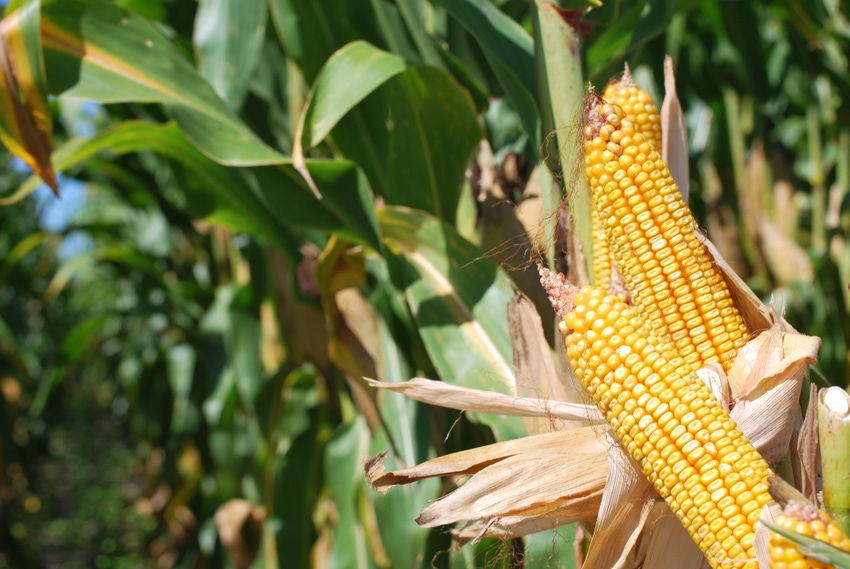
Imagine, if you will, that the GMO fearmongers were around during the Green Revolution from the 1930s to 1960s. If social media were available then, would the fearmongers have used Facebook and Twitter to attempt to halt the progress of Dr. Norman Bourlaug and other innovators?
Would they try to instill fear to stop the development of new high-yielding cereal varieties and stop the use of chemical fertilizers and crop protection products that were key to e great increases in crop production during the Green Revolution?
They certainly would have tried.
Times indeed have changed. The GMO fearmongers are able to take to Twitter and Facebook now because, like all of us, they have benefited from the Green Revolution. People have never been better fed or better clothed than they are today. It’s easy to take to Twitter and Facebook with a full belly.
The challenge today is that the Green Revolution must continue. All of the new tools, from genetically modified organisms to genomics to gene editing, must be further developed to continue the increase in crop production. The problem is the fearmongers have the completely mistaken notion that GMOs are unsafe while they fail to understand the benefits of genomics and gene editing.
As Dr. Tim Kelliher, a young scientist who works in plant breeding with Syngenta, pointed out at a forum on plant breeding at the North Carolina Biotechnology Center in Research Triangle Park the potential for gene editing to improve crops is boundless. “We are only limited by our imagination,” he says, while quickly adding that regulations are a limiting factor as well.
Plant breeders today have the ingenuity and know-how to use GMOS, gene editing and genomics to breed better seed. It’s a painstaking and complicated process, but the tools are there and they need to be explored. The potential to create improved varieties with higher yields, disease and pest resistance and a multitude of other beneficial traits is almost limitless.
The challenge is to convince the fearmongers that the technology is not only safe but desperately needed.
About the Author(s)
You May Also Like






